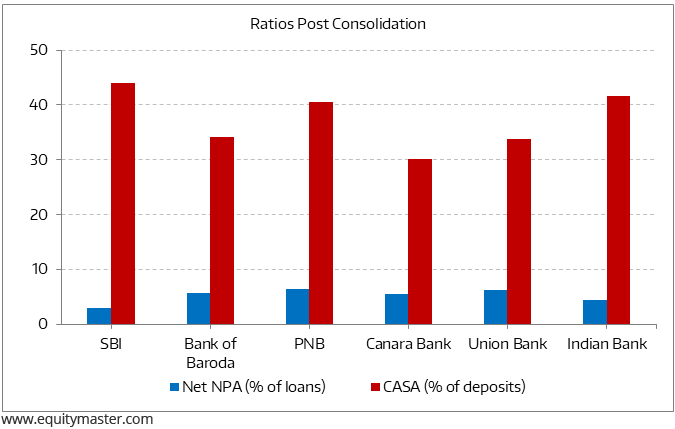- Home
- Todays Market
- Indian Stock Market News November 21, 2019
Indian Stock Markets Open Flat; Telecom and Metal Stocks Drag Thu, 21 Nov 09:30 am
Asian share markets are lower today as Chinese and Hong Kong shares fall. The Shanghai Composite is off 0.2% while the Hang Seng is down 1.5%. The Nikkei 225 is trading down by 1.2%. Wall Street's main indices ended Wednesday's session lower on concerns that a "phase one" trade deal between Washington and Beijing may not be completed this year, while minutes from the Federal Reserve's October policy meeting appeared to offer little help.
Back home, India share markets opened flat. The BSE Sensex is trading down by 5 points while the NSE Nifty is trading flat. The BSE Mid Cap index and BSE Small Cap index opened up by 0.1% and 0.3% respectively.
Sectoral indices have opened the day on a mixed note with capital goods stocks and IT stocks witnessing buying interest. Telecom stocks and metal stocks are trading in red.
The rupee is currently trading at 71.74 against the US$.
In the news from global economy. According to minutes released yesterday from their most recent meeting, Federal Reserve officials generally agreed that they likely won't need to cut interest rates again unless economic conditions change significantly.
Central bankers in late October cut their benchmark overnight lending rate a quarter point to a range of 1.5%-1.75%, the third such move in 2019.
However, in doing so "most" Federal Open Market Committee members saw the moves as enough "to support the outlook of moderate growth, a strong labor market, and inflation near the Committee's symmetric 2% objective.
The stance of policy "likely would remain" where it is "as long as incoming information about the economy did not result in a material reassessment of the economic outlook."
They maintained, however, that policy isn't on a preset course, even if it is likely to remain on hold, and members will continue to assess changes in data and the general outlook.
Members often note that Fed policy adjustments work on a lag that can take a year or more to be felt, so they intend on watching how the switch to easier policy will impact financial conditions.
The cuts started in July, just seven months after the committee approved the fourth-rate hike of 2018.
Moving on to the news from the banking sector. Finance Minister Nirmala Sitharaman recently said Public Sector Banks (PSBs) reported frauds of over Rs 957 billion in the first six months of the current fiscal (H1FY20).
During the period from April 2019 to September 2019, as many as 5,743 cases of fraud were reported. She further said that comprehensive measures have been taken to curb the incidence of frauds in banks.
The measures included the freezing of 3,38,000 bank accounts of inoperative companies in the last two financial years in addition to the enactment of a law with a provision to confiscate the property of economic offenders.
Besides, the Reserve Bank of India's (RBI) annual report for FY19 released earlier this year, cases of frauds reported by banks went up by 15% on a year-on-year basis from FY19.
As per the report, the sector reported 6,801 frauds cases which amounted to a loss of Rs 715.4 billion in FY19. This was higher than the 5,916 cases reported in FY18, which caused a loss of Rs 411.7 billion in FY18.
Public sector banks, which constitute the largest market share in bank lending, accounted for the bulk of frauds reported in FY19.
Speaking of fitter PSBs, which banks look the best match post the latest matchmaking of PSU banks?
Needless to say, most investors would also be worried about the level of NPAs and current and savings accounts (CASA) of the merged entities.
Lower NPA ratio and sustenance of high CASA, in the future, could signal the banks' fitness levels to lend more.
But what could go unnoticed is the efficiency potential of the merged entities.
Post-merger, the employee per branch ratio of the consolidated PSU entities could be in the range of 7 to 9 per branch. This would be almost half that of their private sector counterparts like HDFC Bank and Kotak Bank.
India's Top 6 Public Sector Banks Are Getting Fitter
Leaner operations would mean use of technology to support growth.
So, we would not be surprised if the PSU entities leverage technology at a much bigger scale than their private sector peers, in a few years.
To know what's moving the Indian stock markets today, check out the most recent share market updates here.
For information on how to pick stocks that have the potential to deliver big returns, download our special report now!
Read the latest Market Commentary



Equitymaster requests your view! Post a comment on "Indian Stock Markets Open Flat; Telecom and Metal Stocks Drag". Click here!
Comments are moderated by Equitymaster, in accordance with the Terms of Use, and may not appear
on this article until they have been reviewed and deemed appropriate for posting.
In the meantime, you may want to share this article with your friends!